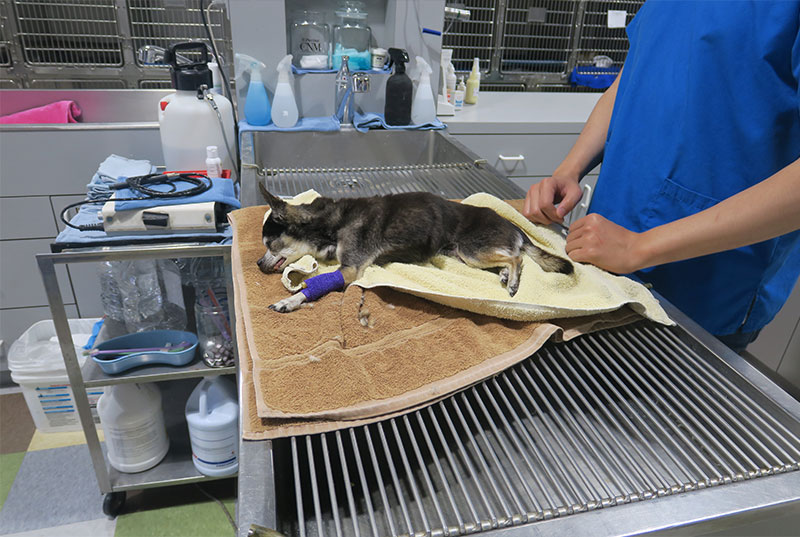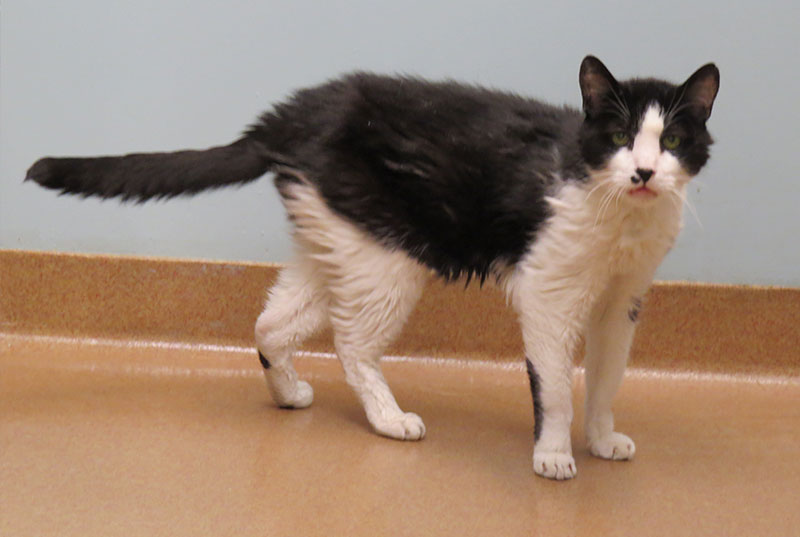Euthanasia
The Complex Issue of Euthanasia
Animal shelters in the U.S. handle approximately 6-8 million animals annually. Despite efforts to reclaim or adopt, nearly four million unwanted dogs and cats remain unclaimed. It is neither feasible nor humane for animal shelters to house and support all these animals until their natural deaths, which would inevitably lead to overcrowded, stressful environments. Moreover, a lack of capacity would force many shelters to turn away new animals in need.
Building more shelters to accommodate the constant influx of homeless animals is an insufficient solution, akin to placing a bandage on a gunshot wound. Equally, releasing unwanted animals to fend for themselves is not a humane option. They face numerous perils, such as starvation, exposure, traffic accidents, disease, or potentially falling victim to cruel individuals or unscrupulous dealers who sell animals to laboratories.
Euthanasia, from the Greek for “good death,” provides a painless, swift, and dignified end when administered correctly. An intravenous injection of sodium pentobarbital, delivered by a trained professional, is both quick and merciful. Given the high number of unwanted pets and the scarcity of good homes, often the most humane action a shelter worker can take is to offer an animal a peaceful departure from a world that views them as “surplus.” The American Veterinary Medical Association and the Humane Society of the United States endorse this method as the kindest, most compassionate way of euthanizing animals.
Sadly, some animals face inhumane forms of termination, such as gunshot, which is often inaccurate and can result in the animal being shot repeatedly. Additionally, many shelters still employ outdated gas chambers, which can subject conscious animals to the distressing sight of others suffering before their death. Vulnerable animals, such as the old, young, and sick, are particularly susceptible to trauma in these situations, resulting in slow and highly stressful deaths.
Shockingly, there are still facilities in the U.S. employing painful methods such as electrocution or decompression chambers. These cause intense discomfort or severe pain as gases in the animals’ bodies rapidly expand. Some animals even survive the initial cycle due to equipment malfunction or operator error, only to endure the agonizing process once more.
Until we bring dog and cat overpopulation under control through widespread spaying and neutering, we must strive to prevent the suffering of unwanted animals in the most responsible and humane way possible. Properly administered euthanasia is often the most compassionate choice.
The only comprehensive solution to the suffering caused by companion animal overpopulation is preventative – through widespread sterilization efforts. We can prevent the unnecessary death of millions of animals in shelters and on the streets every year through diligent spaying and neutering.
Please, ensure your companion animal is not needlessly euthanized during times of personal crisis. Take proactive steps now to secure their well-being, even in the event of your divorce or death.


